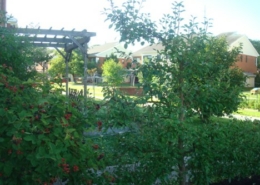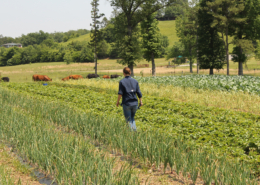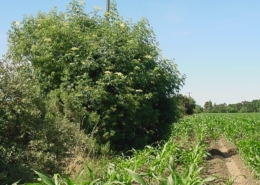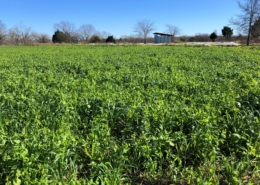Agroforestry
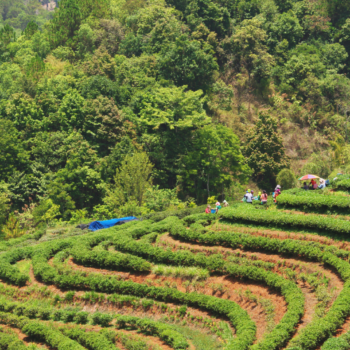 Agroforestry is the integration of trees into crop and/or livestock systems to increase farm productivity, economic resilience, and ecosystem services. Agroforestry systems can “over yield” by producing multiple products within the same system, while simultaneously providing benefits to the farm and the greater ecosystem by creating wildlife habitat, sequestering carbon dioxide from the atmosphere, increasing beneficial insect populations, improving soil water-holding capacity, controlling soil erosion, reducing leaching and runoff, and improving soil fertility. In temperate climates such as the United States, there are six main types of agroforestry practices:
Agroforestry is the integration of trees into crop and/or livestock systems to increase farm productivity, economic resilience, and ecosystem services. Agroforestry systems can “over yield” by producing multiple products within the same system, while simultaneously providing benefits to the farm and the greater ecosystem by creating wildlife habitat, sequestering carbon dioxide from the atmosphere, increasing beneficial insect populations, improving soil water-holding capacity, controlling soil erosion, reducing leaching and runoff, and improving soil fertility. In temperate climates such as the United States, there are six main types of agroforestry practices:
- Alley cropping is the practice of planting understory crops between rows of overstory trees.
- Silvopasture is the practice of incorporating trees, pasture, and livestock into a single system.
- Windbreaks are rows of trees planted on the edges of fields or in strategic locations to slow wind flow and to help distribute snowfall evenly.
- Multistory cropping or forest farming involves planting high-value understory crops under existing or planted stands of overstory trees.
- Riparian forest buffers are bands of trees, shrubs, forbs, and grasses planted alongside streambanks to filter sediment and pollutants, reduce erosion, and enhance wildlife habitat.
- Forest gardens or food forests mimic the structure and composition of forests and are typically composed of up to seven vertical layers of edible, medicinal, ornamental, or other useful plants and fungi.
In addition to these six practices, there are numerous other ways to integrate trees into agricultural production systems. No matter what kind of agroforestry practice you have, it is important to design it with intention and manage it intensively, recognizing that the tree and crop components will have complex interactions that must be managed in strategic ways. Our practical ATTRA resources can help you get started.
Related Topics
Urban Agroforestry
Urban agroforestry refers to the integration of trees and other perennial crops into urban, suburban, and other community spaces. Trees can be integrated into any number of urban landscapes, including urban farms, backyards, public parks, roadsides, neighborhoods, and other underutilized or marginal spaces.
Urban agroforestry can take many forms, but like any agroforestry system, urban agroforestry systems must be designed intentionally to account for the integration of diverse elements, must actively manage the interspecific interactions between the components of the system, and must be managed intensively. With proper planning, design, maintenance, and decision-making, urban agroforestry projects can improve the resilience of cities and the wider environment around them.


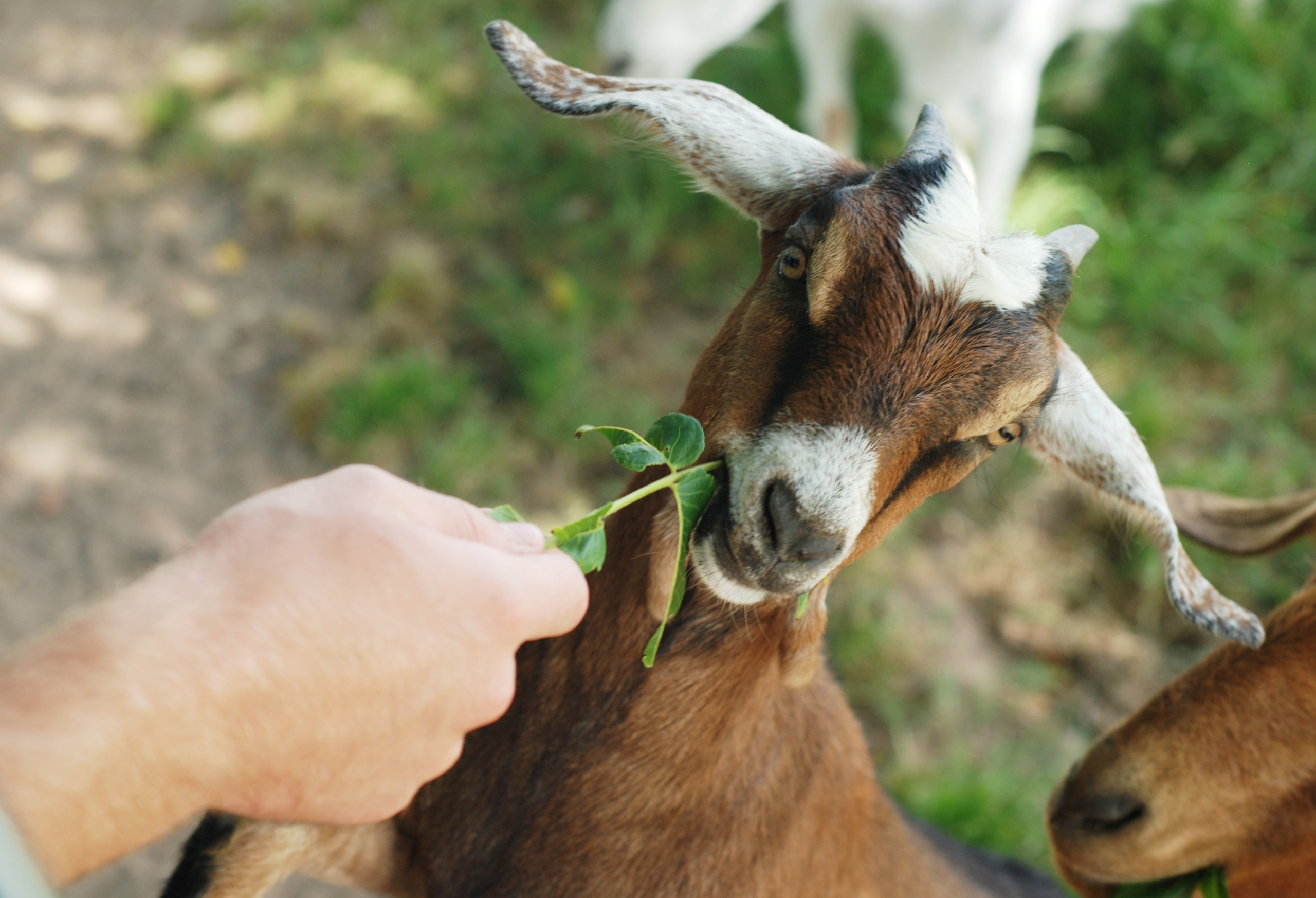


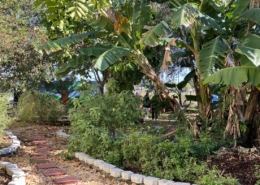

 USDA Photo by Lance Cheung.
USDA Photo by Lance Cheung. 

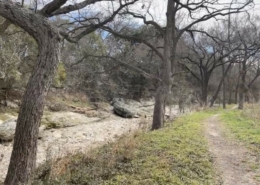
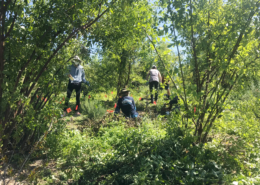
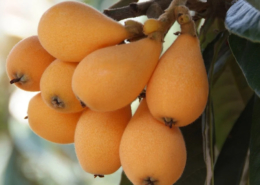

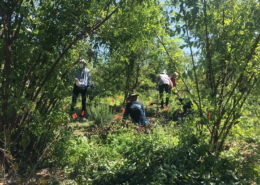
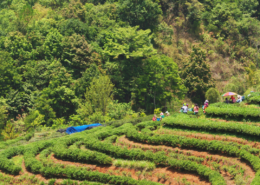 Canva Pro
Canva Pro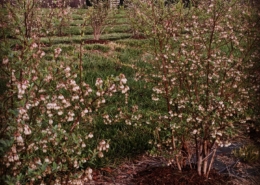
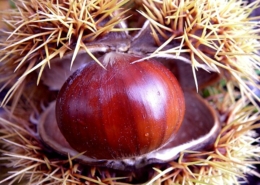 joost.j. baker wikicommons
joost.j. baker wikicommons
 wikicommons Zeynel Cebeci
wikicommons Zeynel Cebeci